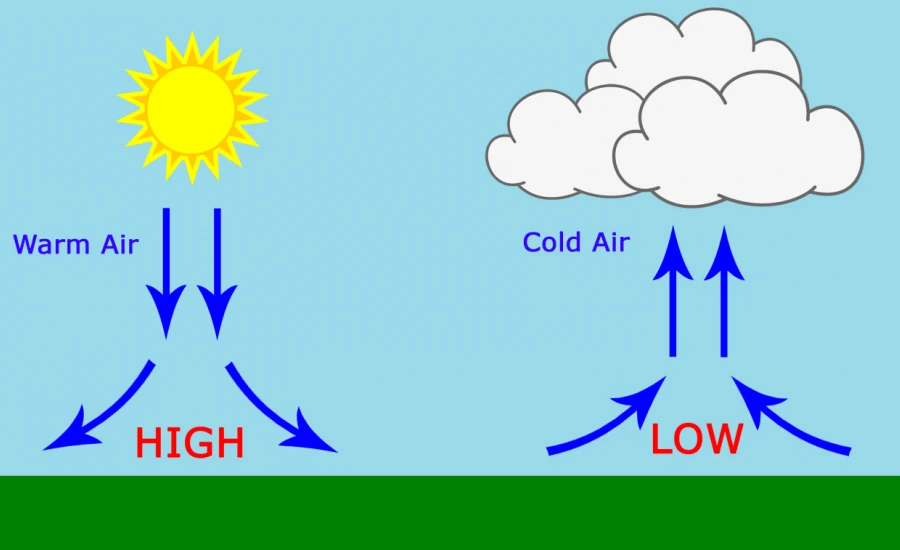
。
# Atmospheric Pressure Definition and Explanation
## What is Atmospheric Pressure?
Atmospheric pressure, also known as barometric pressure, is the force exerted by the weight of the Earth’s atmosphere on a given surface area. It is one of the fundamental measurements in meteorology and plays a crucial role in weather patterns and human physiology.
## How Atmospheric Pressure Works
The Earth’s atmosphere consists of various gases that have mass and are affected by gravity. This creates pressure that decreases with altitude as there is less atmosphere above to exert force. At sea level, the standard atmospheric pressure is:
101,325 pascals (Pa)
1013.25 millibars (mb) or hectopascals (hPa)
29.92 inches of mercury (inHg)
14.7 pounds per square inch (psi)
## Measuring Atmospheric Pressure
Scientists use several instruments to measure atmospheric pressure:
– Barometers: The most common instrument, with mercury and aneroid types being most prevalent
– Altimeters: Used in aviation to determine elevation based on pressure changes
– Weather stations: Often include digital barometers for continuous monitoring
## Factors Affecting Atmospheric Pressure
Several elements influence atmospheric pressure readings:
– Altitude: Pressure decreases approximately 1 hPa for every 8 meters of elevation gain
– Temperature: Warmer air is less dense, resulting in lower pressure
– Humidity: Moist air is slightly less dense than dry air at the same temperature
– Weather systems: High and low pressure areas create weather patterns
## Importance of Atmospheric Pressure
Atmospheric pressure affects numerous aspects of our world:
– Weather forecasting: Pressure changes help predict storms and fair weather
– Aviation: Critical for flight planning and instrument readings
– Human health: Changes can affect people with certain medical conditions
– Industrial processes: Many manufacturing processes rely on precise pressure control
## Interesting Facts About Atmospheric Pressure
– The lowest recorded atmospheric pressure was 870 hPa during Typhoon Tip in 1979
– The highest recorded was 1084 hPa in Mongolia in 2001
– Your body contains about 1 ton of air pressure at sea level, but you don’t feel it because it’s balanced by internal pressure
– Atmospheric pressure on Mars is less than 1% of Earth’s
Understanding atmospheric pressure helps us better comprehend weather patterns, prepare for storms, and even explains why your ears pop when you change elevation quickly. This invisible force surrounding us plays a vital role in our daily lives and the planet’s ecosystem.
Keyword: atmospheric pressure define